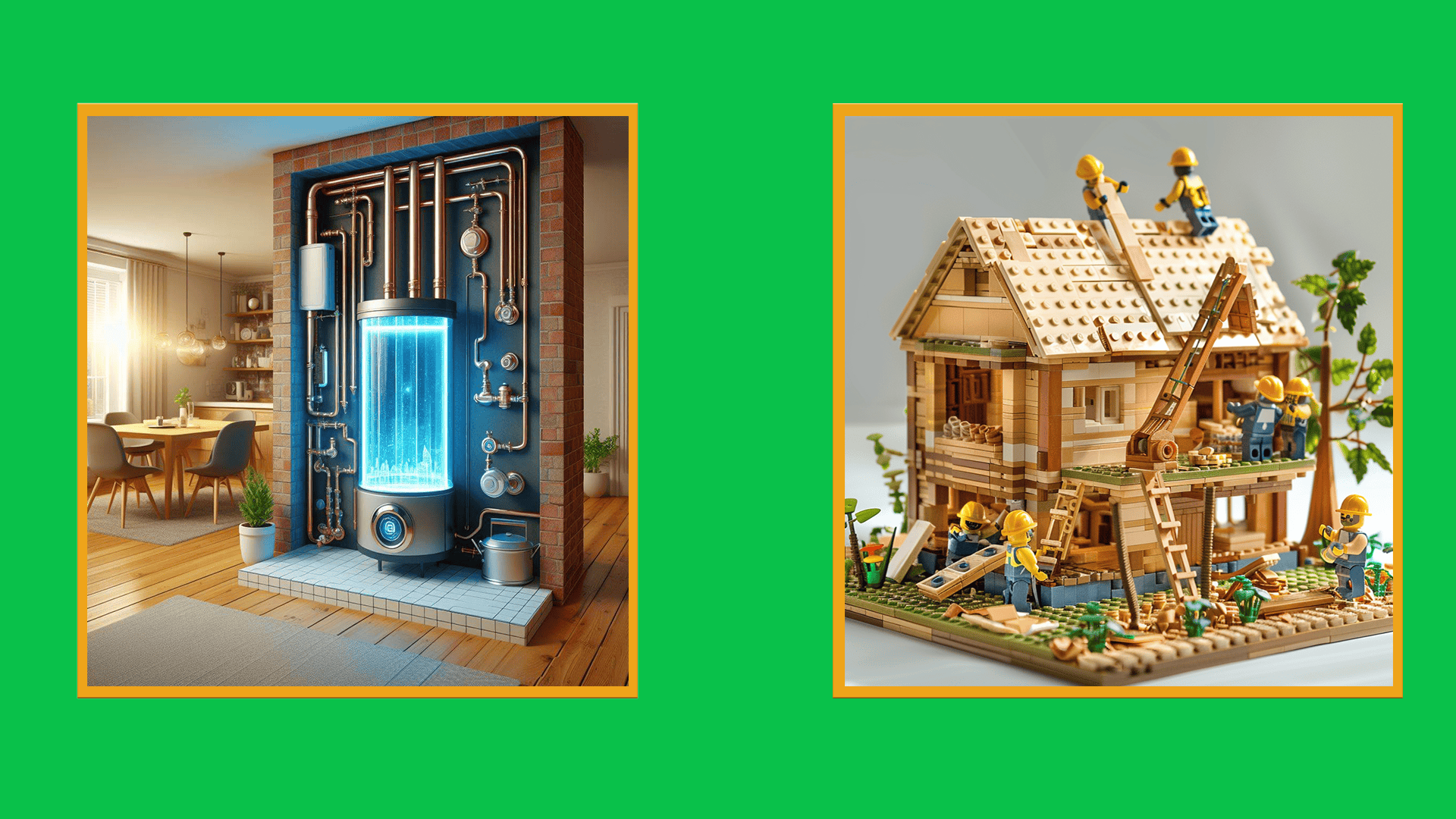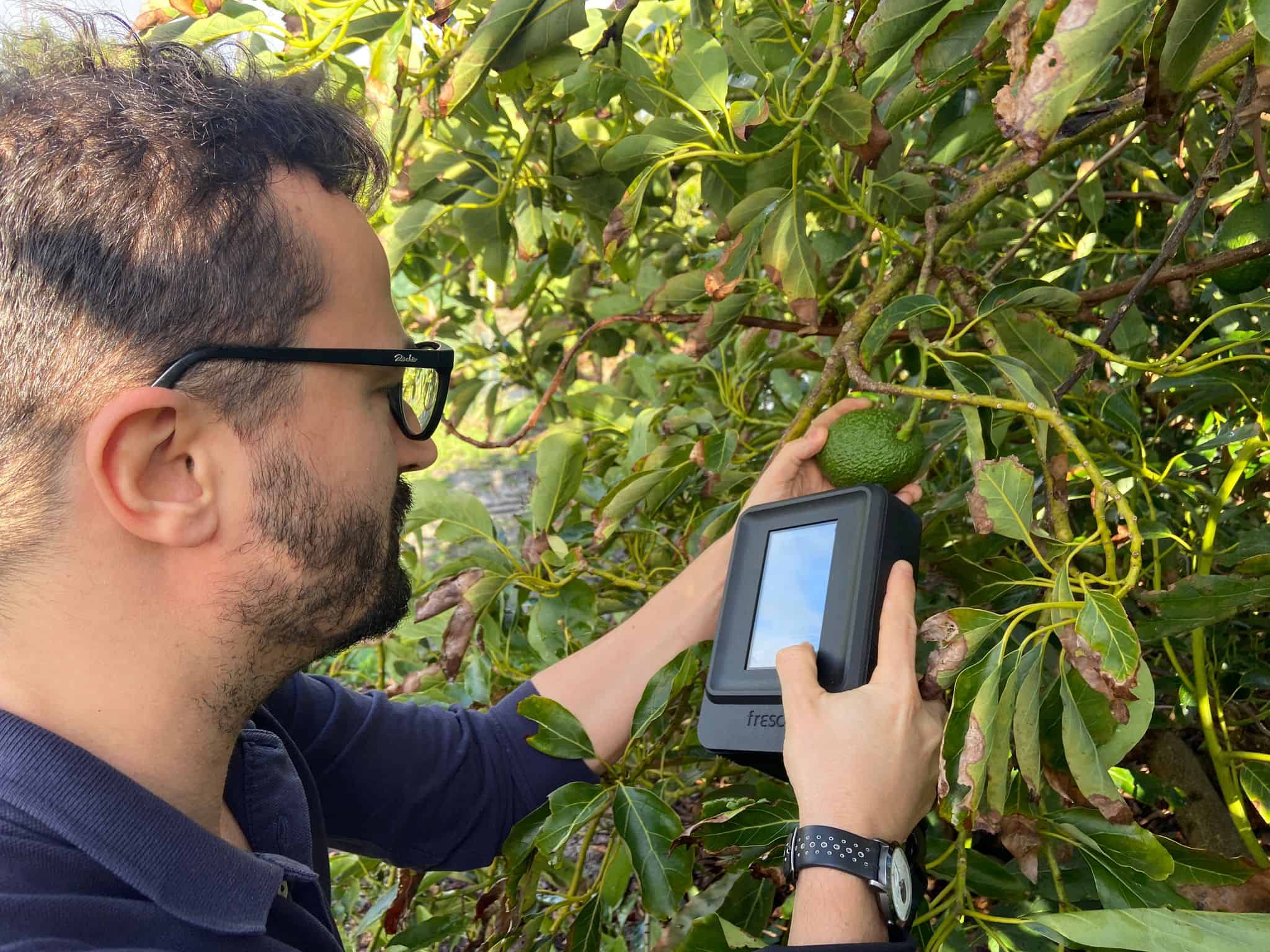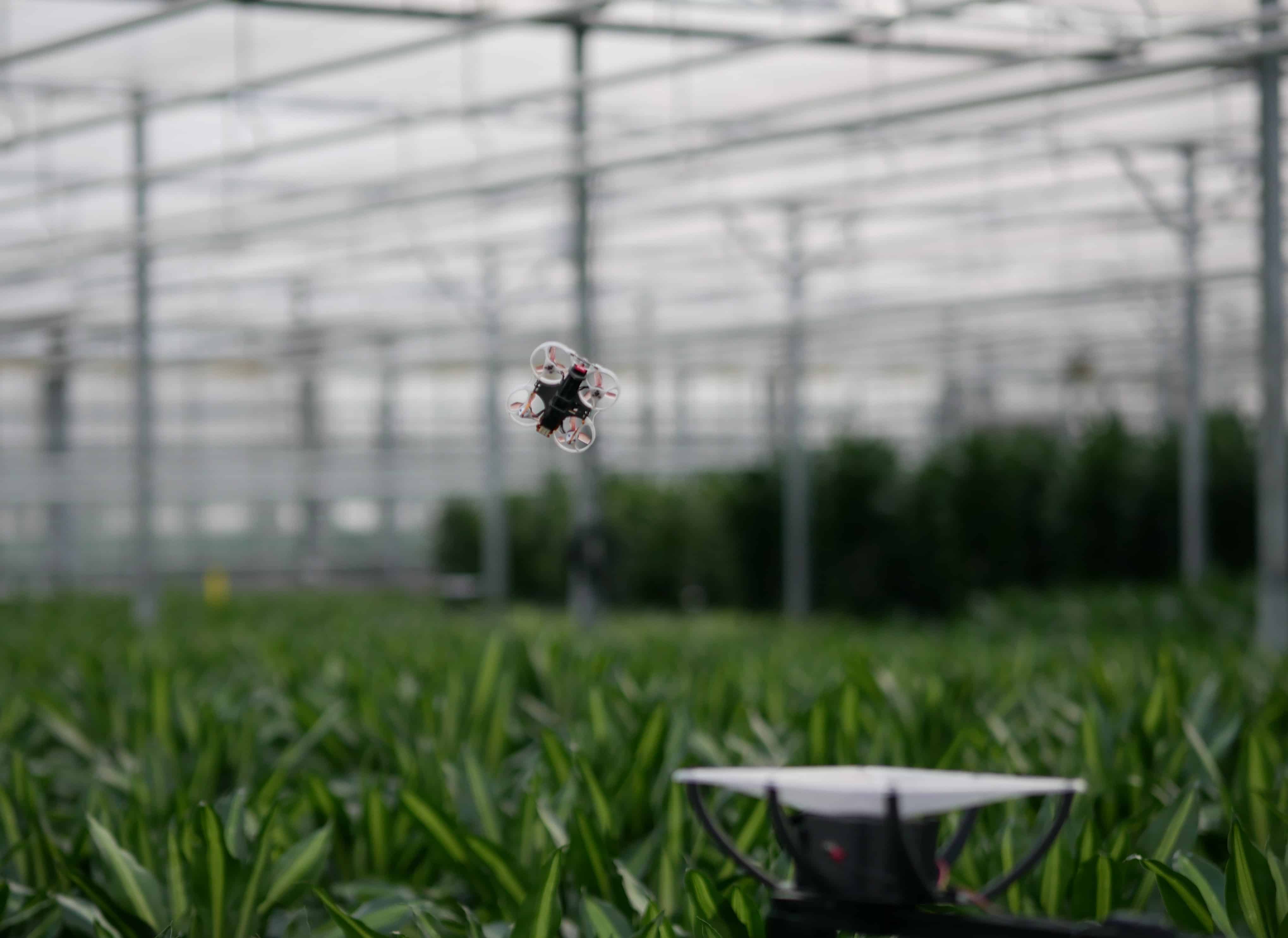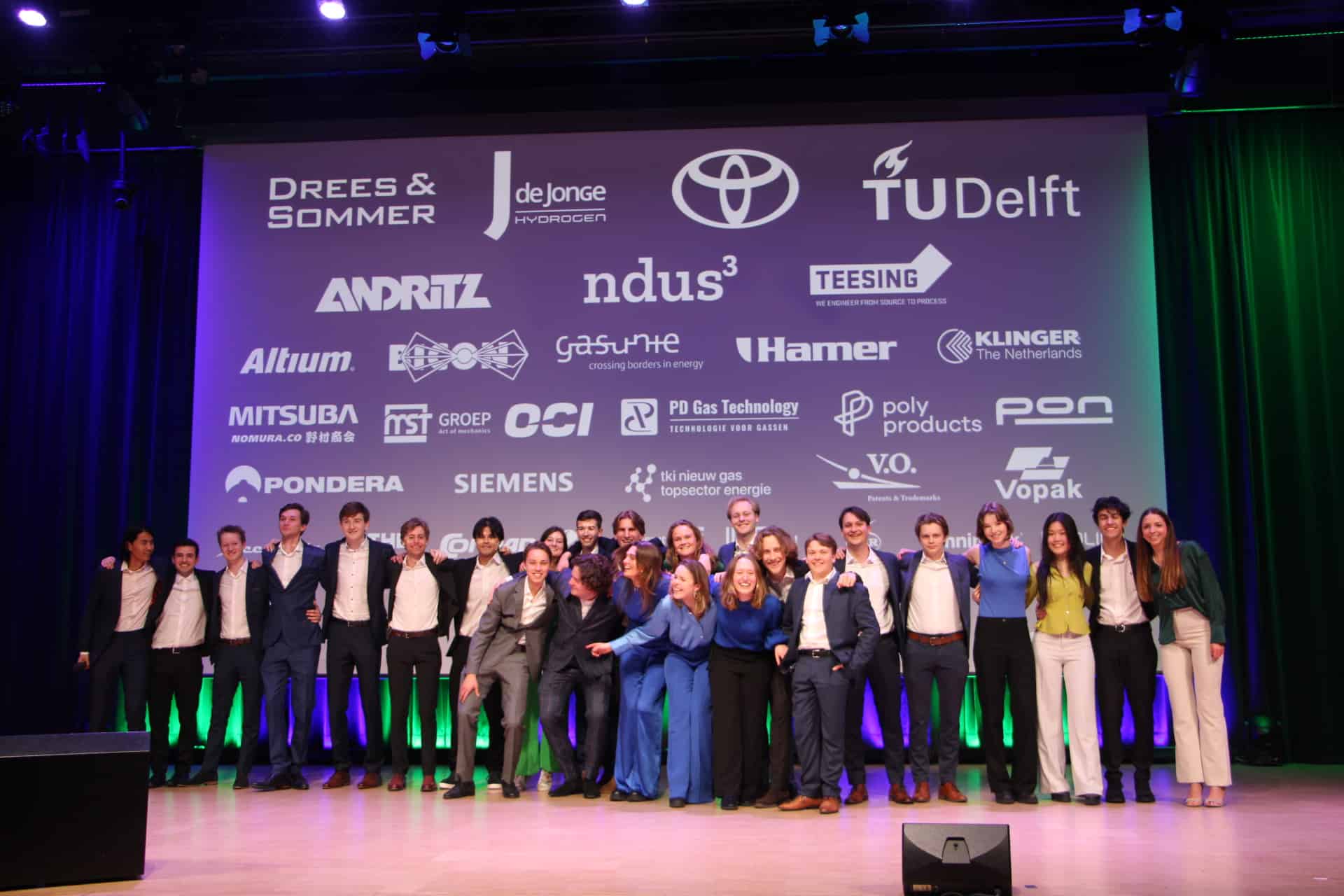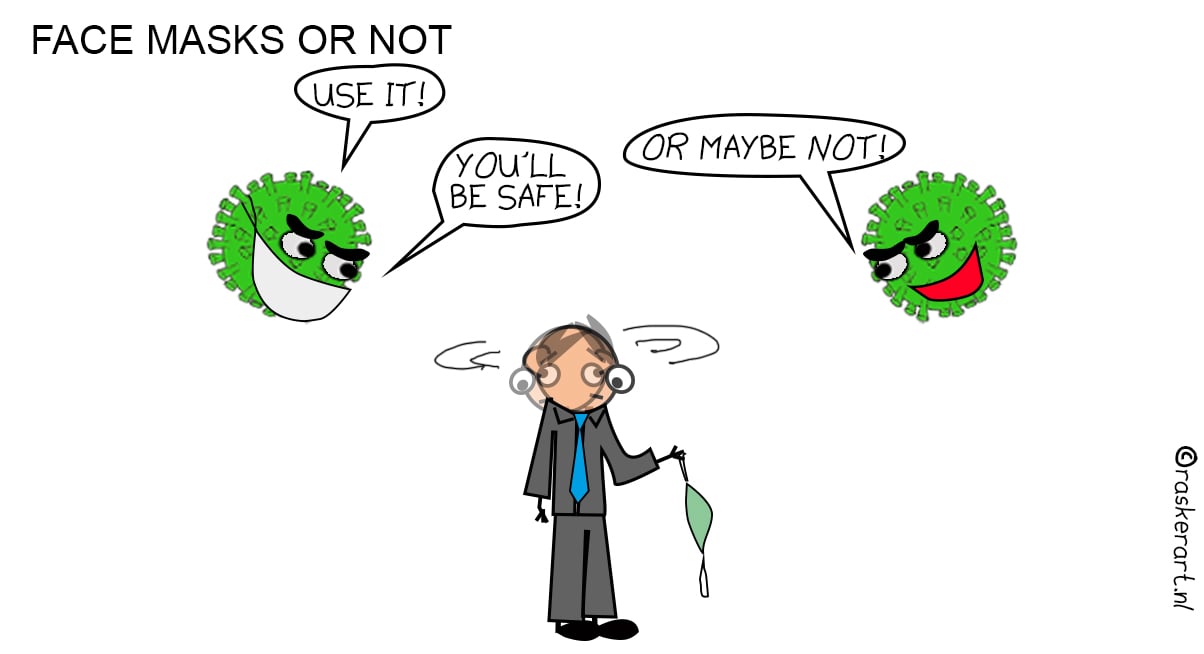
In the weekly ‘follow-up’ section we present a sequel to last week’s best-read article here on Innovation Origins. It had been in the works for a while, but this week was the first week that people are legally required to wear a non-medical face mask on public transport in the Netherlands. Which is why we are reviewing the guidelines for face masks.
Unlike in medical care, there is no European standard for non-medical face masks. They do not need to undergo testing or have a certification label. As a result, Belgians and Germans are allowed to tie a scarf across their nose and mouth on the train, whereas Dutch passengers could be fined for this.
In order to offer more clarity to passengers, the Stichting Koninklijk Nederlands Normalisatie Instituut ((NEN, the Royal Dutch Standardization Institute Foundation) has drawn up a document with recommendations, the so-called NEN spec. This states how people can make their own non-medical mask, use it safely, and care for it. The document also presents recommendations to manufacturers. This NEN-spec has been drawn up in cooperation with various market parties and experts.
According to Paula Bohlander, project manager at NEN, drafting a traditional standard normally takes about two to three years. “This has now been done in two weeks thanks to a fast-track procedure. We’ve been in contact with several experts. People from the fashion industry, textile experts, as well as committees dealing with the quality of surgical gowns, face masks, and personal protective equipment. Moreover, standards of medical face masks and protective equipment are already in place. So, we soon had a review team of 30 people on hand. Together we figured out what criteria a proper face mask should meet.”
No nappies nor vacuum cleaner bags
Bohlander goes on to say that this standard has been drawn up in a different way than usual. For example, this document pays less attention to industrial guidelines that are normally given for medical face masks. She says that this is because the target group is different. “Public transport users should be able to use face masks properly and safely. For one thing, the document includes clear instructions on how to make these themselves. Along with advice on how to clean these properly so that they can continue to be used safely. Plus, we provide advice on which fabrics are not suitable. One example that’s quite logical: Transparent materials that are easy to breathe through don’t work,” Bohlander adds.
To name a few more examples: Nappies, vacuum cleaner bags, and fabrics that have been treated with certain types of anti-static agents. Vacuum cleaner bags may contain substances that are harmful to health, which is why the Dutch National Institute for Public Health and the Environment (RIVM) does not recommend the use of these bags. Manufacturer Swirl also issued a similar warning in Germany.
The Belgian Federal Public Service (FPS) has not issued any direct advice on whether or not to use vacuum cleaner bags to make face masks. All the same, there are links to websites that explain how to make a face mask using a vacuum cleaner bag. At the NEN, they keep a close eye on these developments in order to adjust the NEN-spec where necessary. Bohlander: “Think of this as the first version. We follow the research closely and continue to look for improvements.”
Non-medical face masks not subject to any set standards
“But non-medical face masks aren’t required to undergo testing. Opinions are therefore divided as to whether the obligation to wear them on public transport is actually effective. Joost van der Sijp, a surgeon at the Haaglanden Medisch Centrum (Medical Center in the Hague, the Netherlands) and co-founder of GreenCycl – where they carry out tests on face masks: ” These types of masks can be made of anything. From handkerchiefs to old scarves. It remains to be seen how many particles these types of masks block and whether they serve any purpose at all in public transport. There should be some basic requirements for civilian masks in that respect.”
A spokesperson for the RIVM indicates that the current guidelines for non-medical face masks are adequate, and repeats the statement made earlier by the RIVM director Jaap van Dissel about scientific research into non-medical face masks: ‘At best, these stop 5-10 % of infections.’
Strict standards
In contrast, masks undergo stringent testing in the medical world before they can be certified. Mouth/nose masks must comply with the European Commissions’s Personal Protective Equipment Directive and are tested in line with NEN standards. For instance, a distinction can be made between respiratory protection masks and surgical masks.
These terms are all too often used interchangeably, Joost van der Sijp states. “A respirator face mask filters the air from outside and protects the user. It is a way of keeping the evil out from the outside world, so to speak. Whereas a surgical mask does the opposite. These aim to ensure that the release of breath does not reach the patient during surgery. It’s all about limiting the path of bacteria towards the patient. A non-medical face mask is not a snug fit, it doesn’t seal off the mouth and nose securely. A respirator face mask does.”
For these masks, the medical world distinguishes between the standards FFP1, FFP2 and FFP3. This stands for Filtering Facepiece Particle, i.e. a mask that filters particles. The higher the number, the fewer particles are able to pass through the filter. “The particles of 0.3, 0.5, 1, 3, and 5 micrometers in size are the most important ones. An FFP2 mask must filter out at least 94 % of these particles.”
There are various ways to test this, Van der Sijp explains. For this purpose, they use a set-up at GreenCycl that has been validated by the Delft University of Technology, (TU Delft, the Netherlands). “With our set-up, we first measure the number of particles in the air, then we repeat the tests. But then using masks. By comparing the two results, we can see how well – or not – the filter works.”





